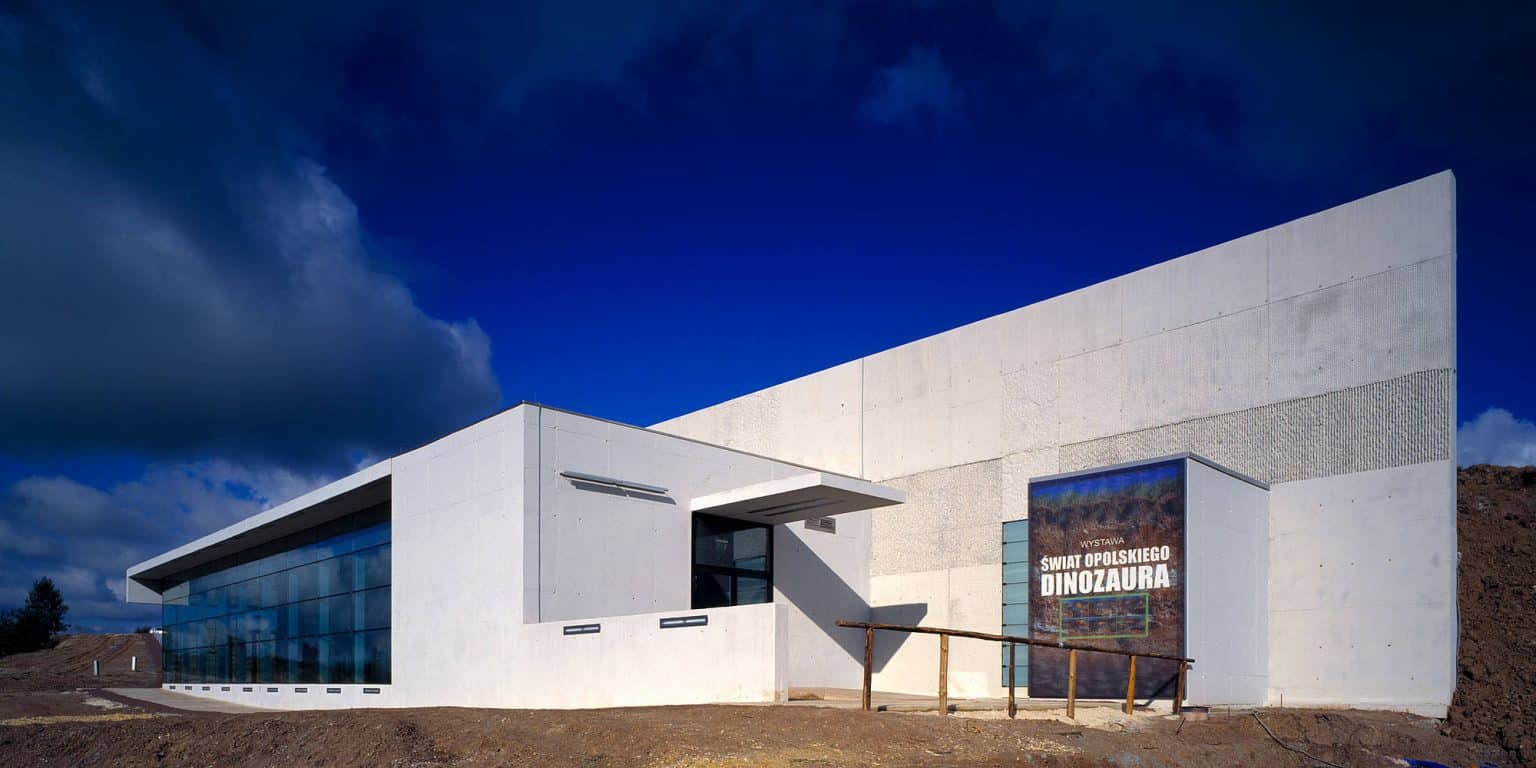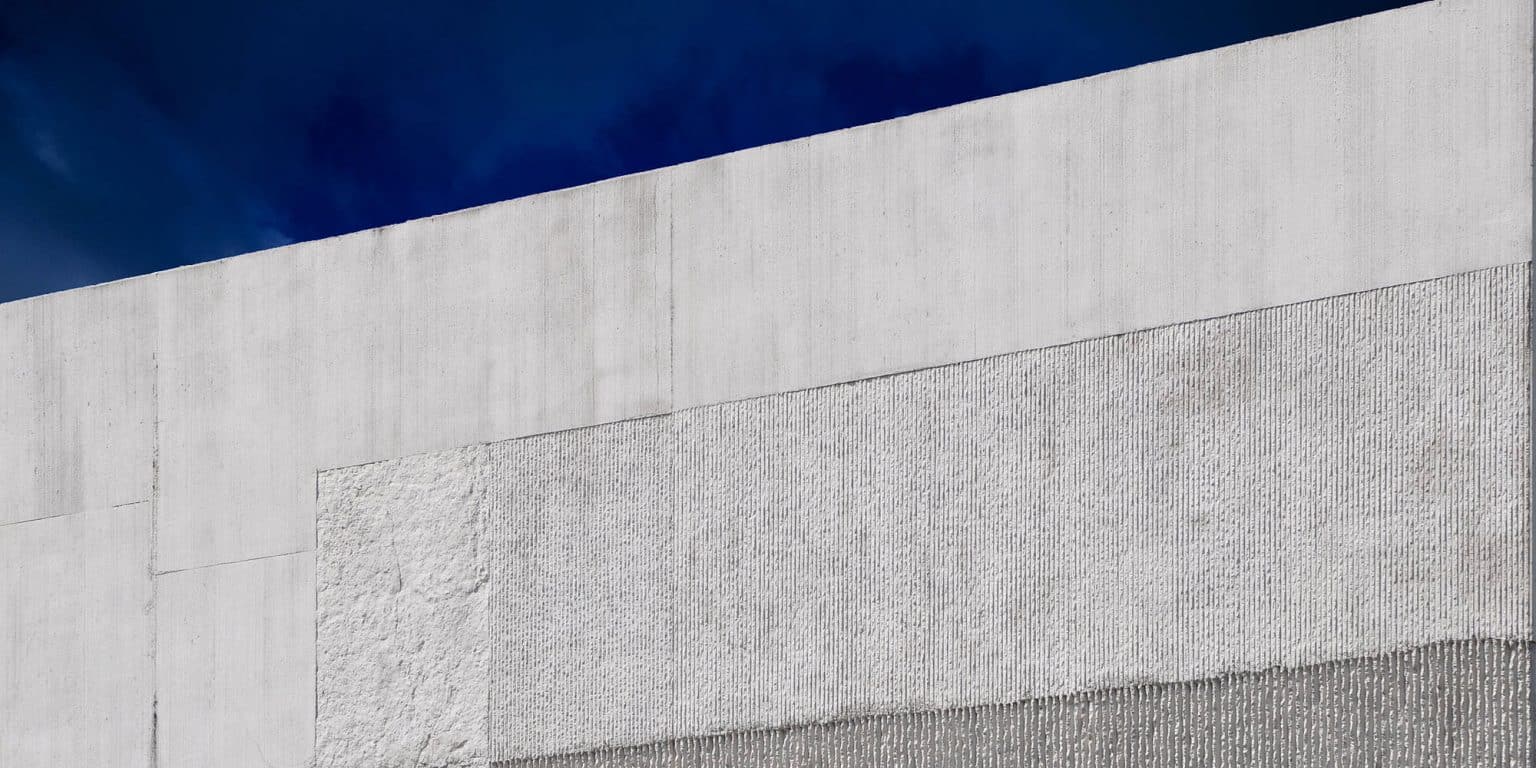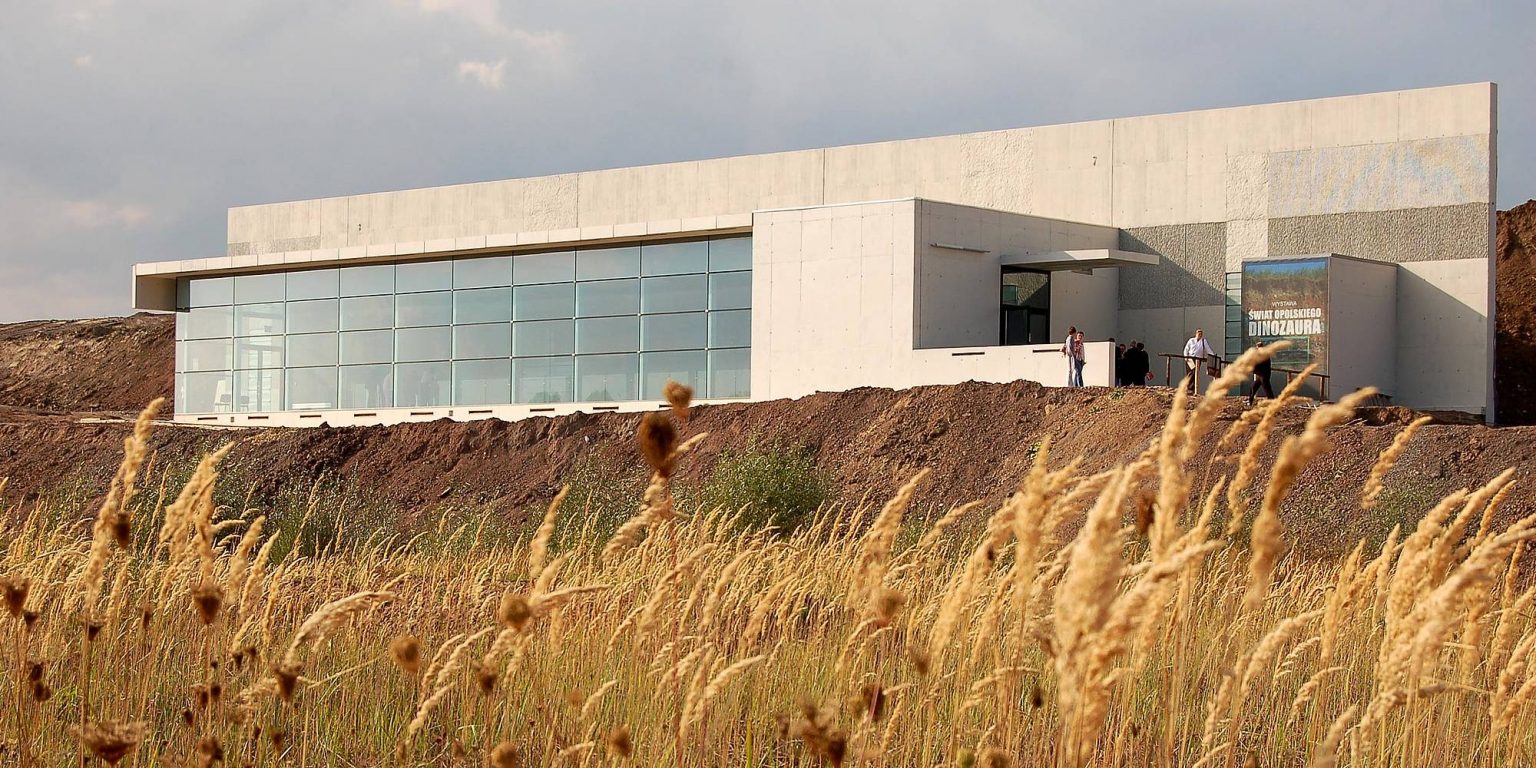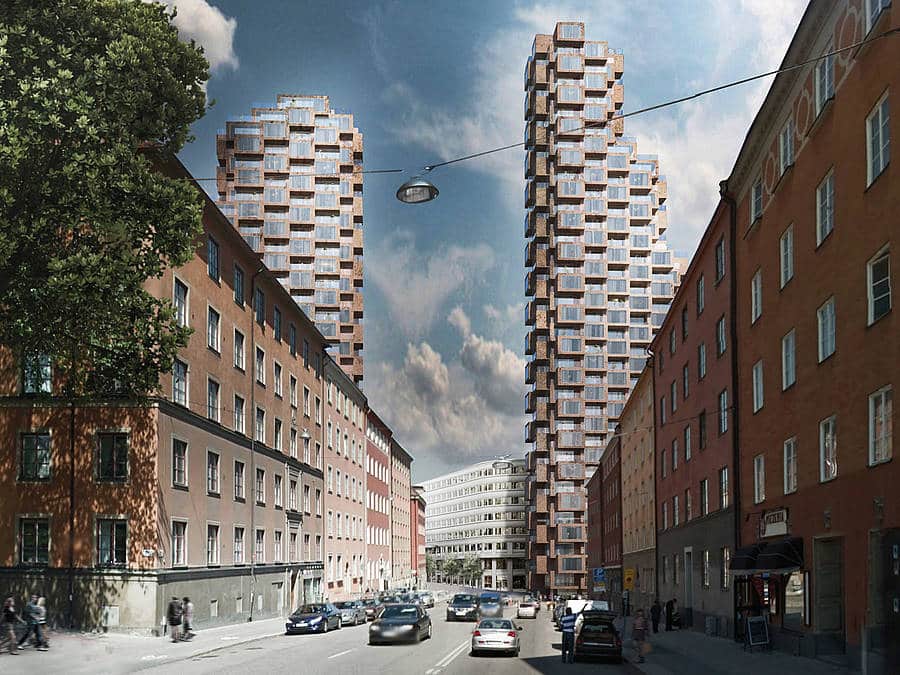
Stories
In Search of Beauty
Last October I was invited to be a tutor during the biggest Polish architectural workshop for students, OSSA. Roughly 120 people attended the workshop, including tutors, and we had a great time: We enjoyed the wonderful fall in the beautiful towns of Niemcza and Wrocław, sitting, walking, drawing, making models, and talking, talking, talking – about architecture, art, movies, philosophy, culture. Lots of sun, lots of wine, lots of ideas, lots of reflections about the topic of the workshop: The Great Beauty.
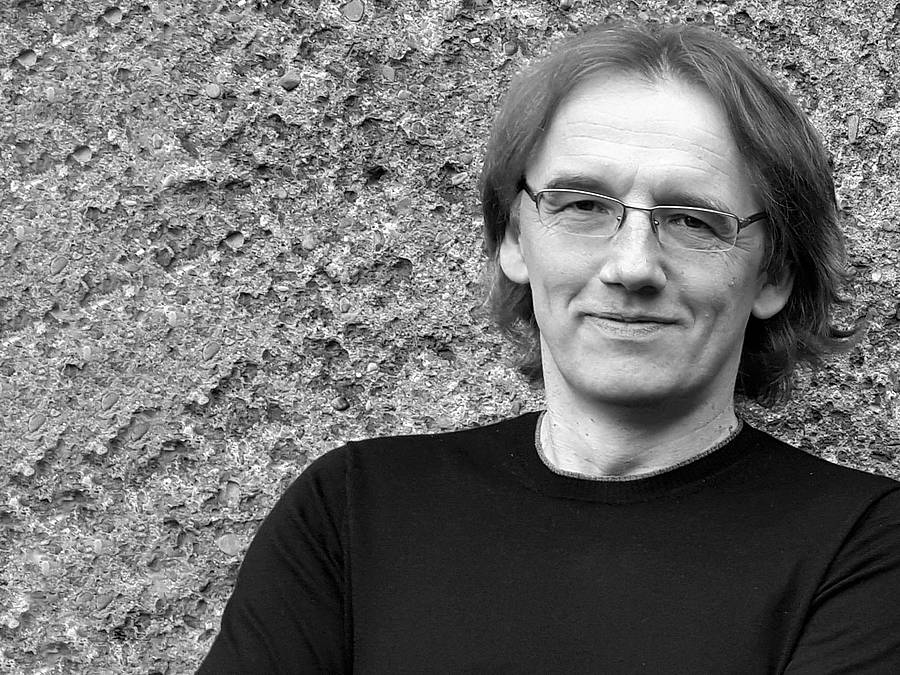
Talking with students I was so positively struck how intelligent and talented they were, how eager for knowledge and how thirsty for art. It was a wonderful opportunity for me to think about my own idea of beauty. As architects we often pretend that we are not interested in it. We talk about business, craftsmanship, responsibility, sustainability. We talk about the clients’ needs, being up to date or about being state of the art. We talk about idea, concept, typology, about analytical or parametric design. But we don’t talk about beauty – as if we were afraid or ashamed of it.
To me, the most important thing about beauty is it’s sincerity. You can pretend to others that something is beautiful, but you cannot pretend it to yourself. No matter if architecture is complicated, big, detailed, expensive, elaborated or conceptual: You either sincerely feel it’s beauty or you don’t.
I appreciate sincerity, that is for sure. That’s why I like concrete architecture so much. Concrete has a fantastic ability to be formed and molded in different shapes, it can be rough or smooth, it can have different colors. All the while being sincere and true.
Years ago, when we started our own studio, together with friends we won the competition for the paleontological museum in Krasiejow. It was our immediate idea that we should only use materials in their pure form: walls and roof of massive concrete, glass windows, floors and ceilings, and steel to join them together. We were young, we were stupid, we did not know that it was difficult – that’s why we achieved it.
It was the first time that we used elastic matrices for concrete. It was a fascinating experience to plan the patterns, to make an abstract composition on the wall. We had a lot of talks with investors, contractors and technical advisors. We were very curious but also a little afraid what the results would be. When the molds were removed and we finally saw the finished wall, we saw the clear cut pattern in the concrete. The strong but subtle play of shadows was what we had imagined.
We designed different buildings from this time on. We used brick facades in different colors and sizes, stone facades, we used copper and wood. I would never dare to say that we design beautiful buildings – we are not the ones to judge it and it would be a huge lack of self-criticism to think so. But we are always dreaming to achieve beauty.
Info
Authors
Beata Goczoł, Witold Goczoł, Oskar Grąbczewski, Maciej Grychowski, Katarzyna Chobot (Goczołowie Architekci & OVO Grąbczewscy Architekci)
Photos
Daniel Rumiancew, Goczołowie Architekci & OVO Grąbczewscy Architekci
